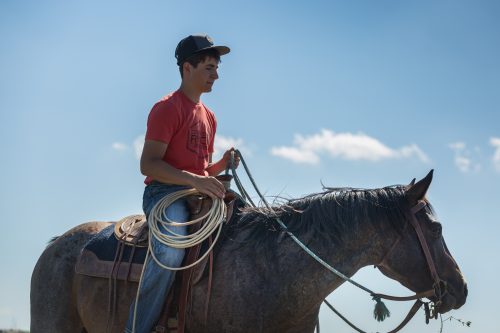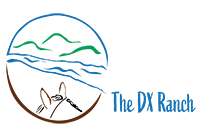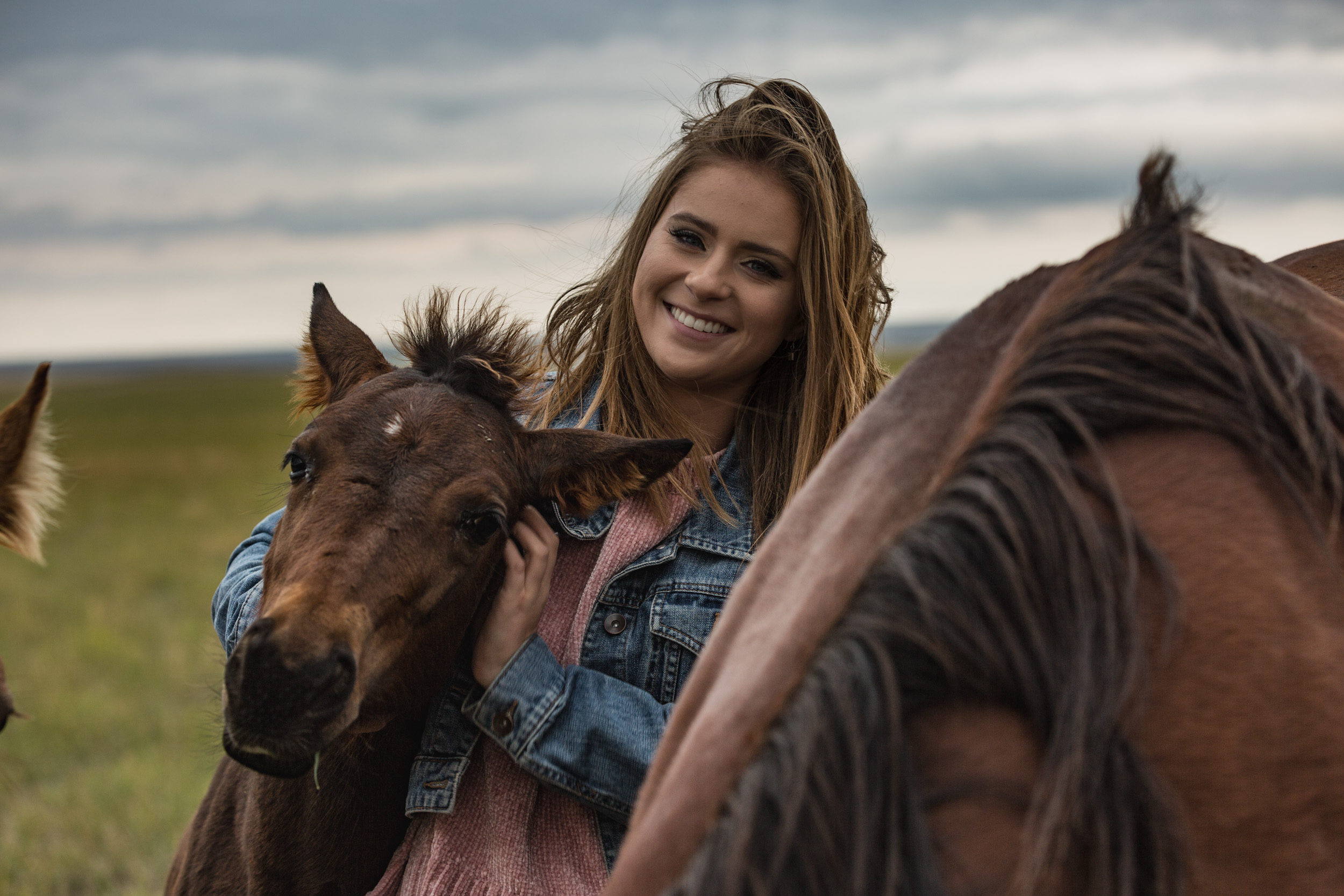DX Ranch Internship Curriculum
General Schedule
Because we understand the necessity for a “schedule” and list of accomplishments that are quantifiable for garnering college credit for this experience, the following parts are offered as a general guideline. The timeframes are absolutely dependent upon the progress of the student. Unlike some college courses where half the class may fail the first exam, the only way to fail here is to stop trying. Under no circumstance will we set a student or a horse up to fail, by asking something of them we suspect they are unable to do. The students will be constantly monitored for progress and as indicated by that progress, they will be offered advanced application to gain experience. A student may only make it through “Part 1” over the course of the summer, but in our estimation that is a success. Something that is truly learned, whether it is learned by a horse or a human is theirs forever. Horses started in this way need not be “rebroke” if they are turned out for 6 months, and the students will have what they learn here at their disposal as long as they choose to keep it.

Part 1:
Introduction to this way through horse handling. We will start to emphasize awareness, and make clear the difference between aware and alert. Awareness is the concept of being present and fully cognizant in the moment, in a calm and relaxed manner, and is conducive to practicing this way. Topics covered will be groundwork, saddling, and bridling, in a manner consistent with our horse handling philosophy. Hands on experience, demonstration and introduction to effective pressure and a well-timed release will be offered.
Part 2:
Application of awareness. The students will continue learning the basic mechanics we use in our groundwork, and begin riding horses. Significant emphasis will be put on a way of using the reins as an instrument rather than a handlebar, to effectively convey their wishes to the horse. The students will begin to be exposed to the concept of “feel, timing, and balance” by improving their awareness of the horse’s feet, and the nature of horse foot falls. Guided, hands-on application, will be the method employed, and the students will become engaged in helping horses learn.
Part 3:
Developing “feel”. “Feel” is concept that is easier to demonstrate than describe. It is why the same mechanics from different people can have different results on the same horse. Its components range from attitude, to confidence, to experience. The students will be offered greater opportunity to set horses up to learn, since there is no substitute for experience when developing “feel”. The more opportunities the students have to set up learning situations for the horses the more they will be able to hone their “Feel”. Depending on progress, students may be offered the epitome of application of “Feel” in the opportunity to take a colt on its first ride.
Areas of Emphasis
Throughout the course of your visit here we will focus on several key concepts.
Awareness
Observation
Presentation
Motivation
Patience
Determination
Self Awareness

